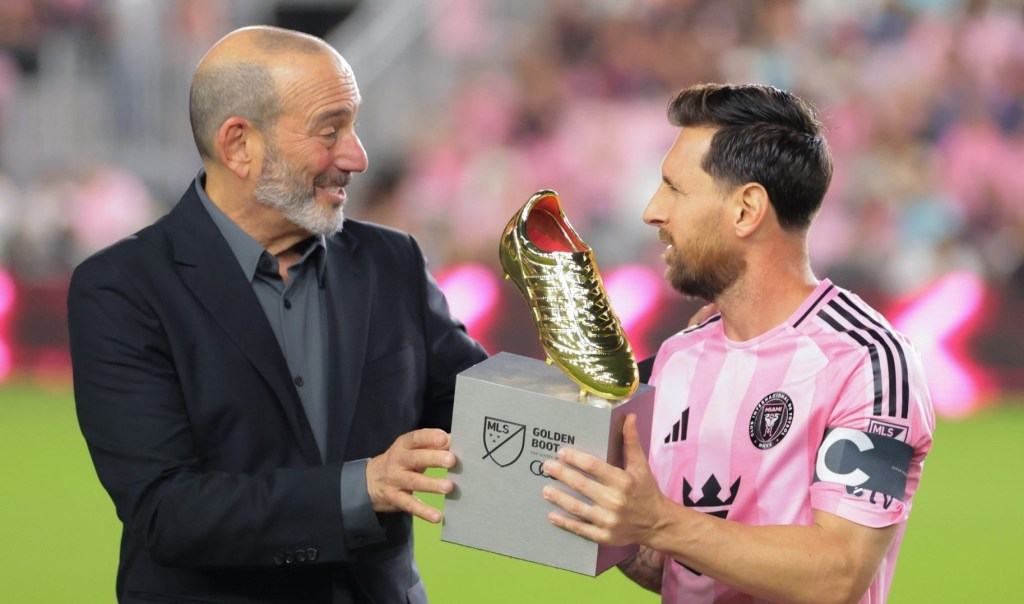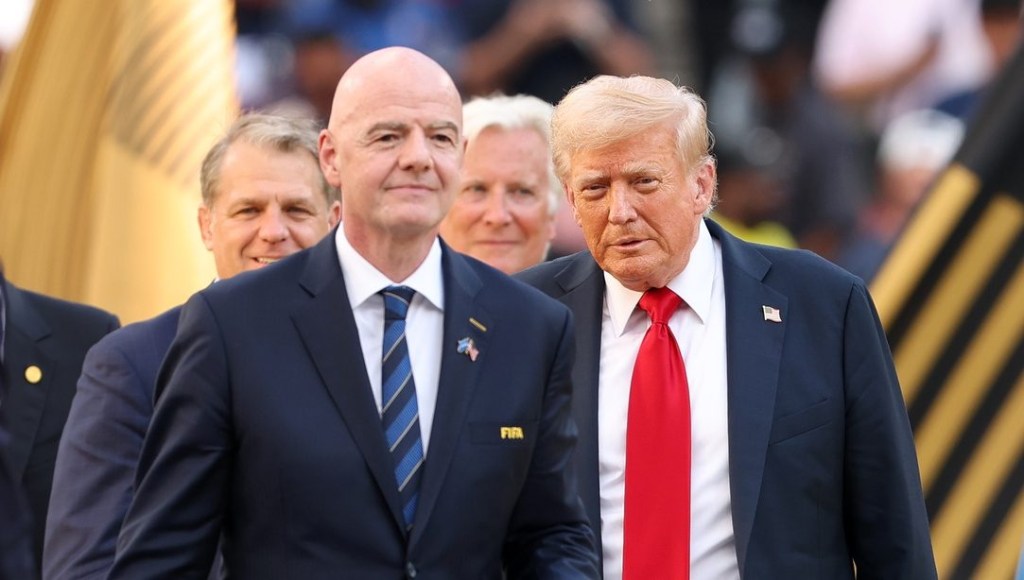In March, the Bare Knuckle Fighting Championship, or BKFC, staged its first card to take place in the frozen north at River Cree Resort and Casino, just outside of Edmonton, Alberta.
BKFC claims to be—and, as best anyone can tell, is—the first promotion to hold legal, sanctioned, and regulated bare-knuckle boxing matches in the United States since the 19th century. The event featured up-and-coming fighters competing for contracts in what were essentially tryout matches; unsurprisingly, every fight ended by knockout or technical knockout. Briefer and bloodier affairs than boxing or mixed martial arts matches, bare-knuckle fights feature five two-minute rounds in a circular ring. Fighters tape and wrap their hands up to one inch from their knuckles, and each round begins when fighters “toe the line” three feet apart from each other at the center of the ring. It’s all designed to maximize action and brutality.
One of the winners was debuting Montana-based fighter Sam Polk. Listed at 6′ 2” and 205 pounds, the 42-year-old Polk, who goes by the nickname “Blunt Force Trauma,” squared up against the equally heavily tattooed and mustachioed opponent, Jake Craig. After walking out to a ballroom-style crowd and stepping into BKFC’s circular ring, Polk and Craig toed the line, beginning their five-round scrap.
The fight was short and visceral. Within the first 10 seconds, Polk cracked Craig with a right hook as he darted into the clinch. After Craig barely beat the first 10 count, Polk knocked him down with a crushing uppercut, and then once more with a dagger of a jab.
In total, Polk threw 19 shots, finishing things at 1:12 in the first round. Less significant than Polk’s heavy-handed finish, though, is who he is, and who celebrated his victory.
Polk—an Army veteran, according to BKFC’s announcers—was sponsored by MurderTheMedia, a far-right outlet founded by a Proud Boys leader who was sentenced to prison time for his role in the Jan. 6 insurrection. He entered the ring with two sonnenrads, or black suns—an ancient European symbol now associated with the far right and neo-Nazi movements—tattooed on his chest. After his win, the infamous neo-Nazi Christopher Pohlhaus, leader of the Blood Tribe, posted screenshots of what he claimed were text messages between him and Polk, proclaiming the win a “Total Aryan Victory.”
This direct association between extremism and fighting raises questions about the increasing extent to which combat sports are marketed to and by the far right. And what experts who spoke to Front Office Sports find particularly troubling is that this makes a victory for Polk a victory for the far right in a very tangible sense.
“A successful individual, such as a celebrity or someone who stands out in their field, can help make extremist beliefs more appealing to regular people,” says Joshua Fisher-Birch, a researcher at the Counter Extremism Project.
BKFC founder David Feldman did not respond to a request for comment sent in early April. He did reply immediately to an FOS inquiry about the availability of media assets sent in mid-April, after which he claimed not to have received the initial request for comment. He did not respond to subsequent calls and emails.
“We were not aware of Polk’s sponsor or [alleged] ties to these groups,” he told the Southern Poverty Law Center. “Him or any other fighter who fights for organizations who support white supremacist beliefs are not welcome and will not fight in the Bare Knuckle Fighting Championship.”
As of publication time, Polk is still listed on BKFC’s roster on its website. Polk and Pohlhaus did not respond to requests for comment.
BKFC is attempting, successfully—it styles itself “the world’s fastest growing combat sports promotion”—to rehabilitate the image of bare-knuckle boxing, a sport that was effectively illegal in the western world for well over a century. BKFC held its first event in June 2018 in Cheyenne, Wyo.; before that, the last major bare-knuckle fight was held in 1889, when boxing great John L. Sullivan beat Jake Kilrain in a 75-round bloodbath. The promotion has built a significant following, holding close to 100 events and promoting in Thailand, the U.K., Mexico, and Bulgaria. In 2022, Triller, the social video platform that has previously promoted Jake Paul and Mike Tyson fights, took a majority stake in BKFC.
Although it remains a relatively niche sport, BKFC has garnered more than a million followers on Instagram, in large part by bringing former champions and stars from the Ultimate Fighting Championship into the fold. Last year’s BKFC 41 event, for example, featured former UFC middleweight champion Luke Rockhold, former lightweight champion Eddie Alvarez, and former title contender Chad Mendes, as well as Mike Perry, Paige VanZant, and Chris Leben.
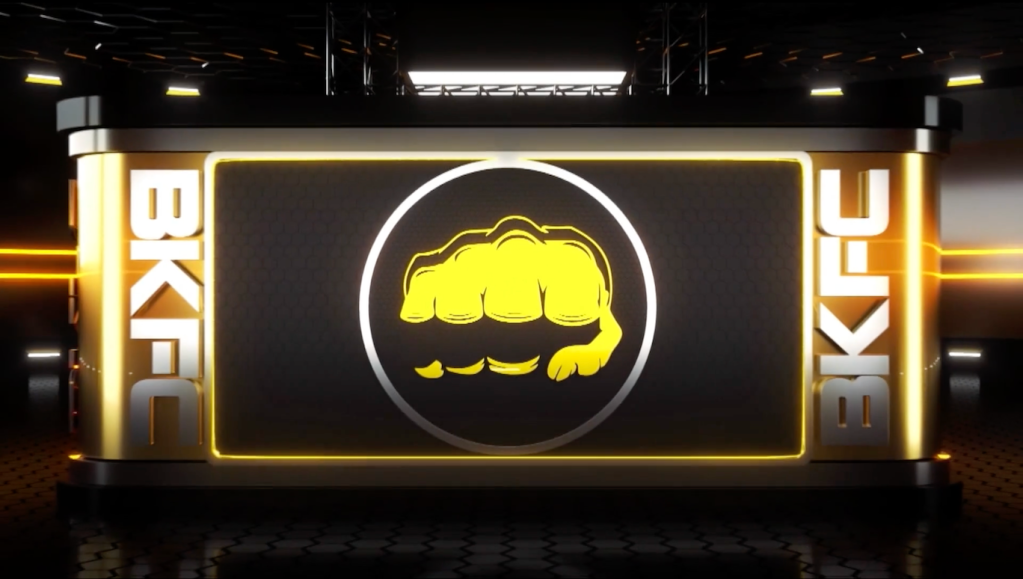
Perry, who is on a multi-fight contract that he claims is worth $8 million, has found great success in the BKFC. Feldman, BKFC’s founder, has claimed that BKFC 41, headlined by Perry’s bout with Rockhold, sold more than 100,000 pay-per-view buys and was illegally streamed more than 700,000 times. His bout against Alvarez at BKFC 56, Feldman claimed, was streamed illegally more than a million times, representing steady growth in interest in, if not revenue for, the once taboo sport.
BKFC’s partner Rumble, the video platform backed by famed investor Peter Thiel and Ohio senator J.D. Vance, did not respond to a request for comment; nor did representatives for Thiel and Vance. Triller also did not respond to a request for comment.
The growing audience for BKFC is part of what made Polk’s appearance at the Canadian event so noteworthy; another part, though, is just how overt his ties to the far right appear to be.
Polk has two tattoos of an image known as the sonnenrad on his chest. Utilized by the Nazi party and featured prominently in both the Buffalo and Christchurch mass shooters’ manifestos, the sonnenrad, which resembles a black sun, is an ancient symbol now explicitly associated with the far right and neo-Nazi movements.
“In some cases, the symbol has been used in place of a swastika, where the latter would draw negative attention,” says Fisher-Birch, the researcher at the Counter Extremism Project. “Every symbol begins somewhere. Symbols are appropriated and can take on new meanings over time. The context for the use of a symbol is important, but symbols that neo-Nazi groups and their followers use take on a special meaning.”
Polk was also seen walking out to the ring wearing a hat and a patch on his shorts promoting MurderTheMedia, an outlet established by Nicholas Ochs, founder of the Hawaii chapter of the Proud Boys. Designated a hate group by the Anti-Defamation League, the Proud Boys are believed to have a presence in 46 states and are known for their intimidating and at times violent rallies; dozens of members have been arrested in connection with the Jan. 6 attack on the U.S. Capitol. According to prosecutors, Ochs spray-painted “Murder the media” on the Capitol’s doors and was caught on tape rummaging through a police officer’s duffel bag and taking handcuffs; he was sentenced to four years in prison.
On Telegram, a secure chat app frequented by extremists, MurderTheMedia “posts racist, antisemitic, homophobic, transphobic, and sexist content,” says Fisher-Birch. “The Telegram channel shared the manifesto of the May 2022 Buffalo attacker and has also shared content from unambiguous neo-Nazi Telegram channels.”
MurderTheMedia’s association with Polk, on which the SPLC has reported, goes back to at least May 2023, when it congratulated Polk for knocking out his opponent in the first round of an MMA match. In September of that year, it helped promote Polk’s next fight, then congratulated him after he won via a second-round submission. The following February, it claimed to be sponsoring Polk in the lead-up to his BKFC debut. Following it, MurderTheMedia posted a video of the knockout. “Sam ‘Blunt Force Trauma’ Polk completely annihilating his opponent,” read the caption. “Not even CLOSE, HAIL SAM POLK, HAIL VICTORY.”
“Hail victory” is, of course, the literal translation of “sieg heil.”
Other extremists and neo-Nazis also championed Polk before and after the fight. The Western Chauvinist, for example—an influential Canadian Proud Boys account with tens of thousands of followers on Telegram, X, and other platforms—hyped Polk’s BKFC debut by calling on those followers to “Support Our Guy.” (“Check the black sun tats on his shoulders,” the account told a user who asked whether Polk was really “our guy.”)
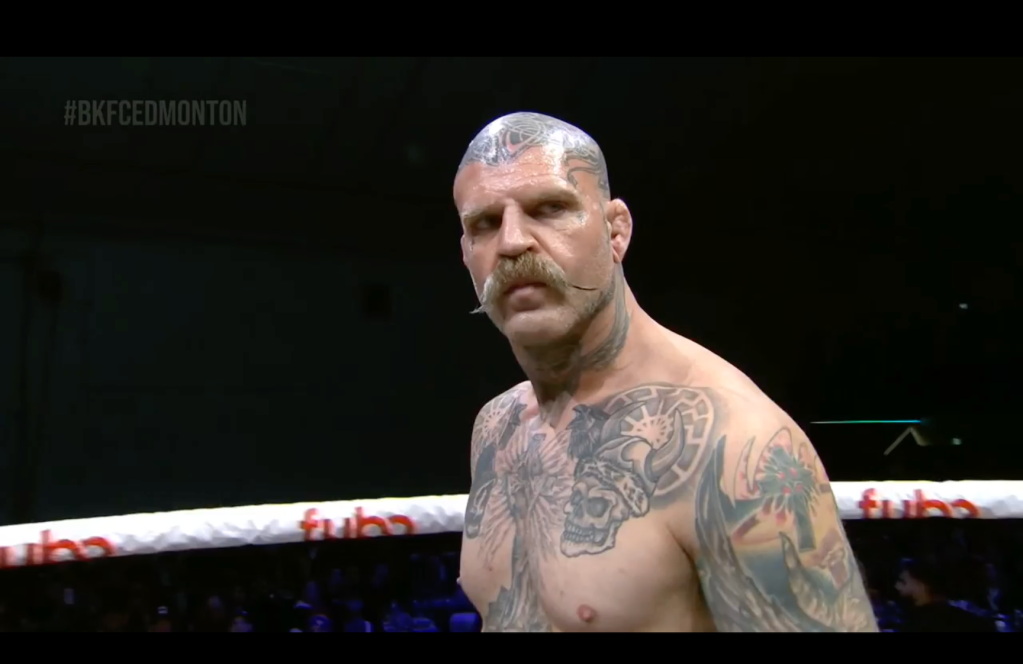
Another supporter was the aforementioned Pohlhaus, one of America’s most notorious white supremacists and the leader of the Blood Tribe, an ADL-designated hate group that has made news in recent months for holding neo-Nazi rallies outside of LGBTQ events in multiple states. (Pohlhaus also drew attention last year for attempting to build an all-white community in Maine.)
On his Telegram feed, Pohlhaus reacted to the Polk fight live, posting a screenshot and calling Polk “his boy.” In the aftermath of the fight, Pohlhaus posted what appear to be screenshots of text messages between him and Polk discussing their body weights and mile times, proclaiming to his thousands of followers that “Sam Polk is better than you.”
According to experts, Polk’s BKFC victory is a major marketing win for extremist groups, which aim to utilize his success as well as his masculine, traditional image as a bare-knuckle fighter to elevate their ideology and recruit new believers.
“Countries and governments are not the only ones who practice ‘sports diplomacy.’ Non-government actors can, too. That’s one aspect of what we’re seeing when the far right promotes itself via combat sports,” says Dr. Brian Hughes, an American University professor and director of PERIL, an organization that researches extremism and radicalization. “It’s a way of elevating the movement’s visibility and credibility. When an audience roots for a fighter aligned with a far-right group or movement, some of them are rooting for the movement by proxy. The idea is, little by little, to shift casual fans to becoming political supporters.”
Though Polk and his management have declined to address these connections, to the extremists championing him, his success in BKFC is an opportunity to celebrate and highlight their presence at the edge of the mainstream.
“Polk is an athlete who competes in front of many people. This could help MurderTheMedia’s visibility and advertising,” says Fisher-Birch. “He is also a bare-knuckle fighter, which is particularly ferocious; and physically, he looks like what many men in the extreme right likely aspire to.”
Combat sports of all types have become increasingly popular in right-wing spaces over the last decade. Commercial brands that cater to a mainstream conservative audience, such as Black Rifle Coffee, have been booming in recent years, as a parallel economy divided along political lines has begun to emerge. Many of those brands have found eager collaborators with the UFC, which has made no bones about its cozy relationship with former President Donald Trump and has hosted him at numerous UFC events during this election cycle. Black Rifle Coffee inked a multiyear live event marketing deal with the UFC at the beginning of 2024. BKFC appears to be following a similar model, signing an apparel deal with conservative clothing brand Grunt Style last fall.
On the far right, combat sports have been a popular culture staple and recruiting method for years. Active Clubs, neo-Nazi men’s groups that are centered around training in mixed martial arts in preparation for civil violence, have spread to as many as 17 states and 30 groups around the U.S., including a handful in Canada. Estimates from a former Active Club member put nationwide membership at 300 to 500 people as of 2023.
Combat sports are also extremely popular with right-wing extremist groups across Europe. In Germany, extremist groups host MMA Festivals, and Russian neo-Nazi Denis Kapustin has hosted frequent MMA events through his fascist lifestyle brand White Rex. The sport has become a remarkably useful recruiting tool for these groups, providing both a cover for training in violence and a method for bringing prospective recruits into the fold.
“The far right and right-wing extremists celebrate righteous rage as a core identity expression. For these groups, the mayhem of violence becomes a point in and of itself. Combat sports can be understood as marginal or counterculture practices,” says Dr. Solomon Lennox of Northumbria University, whose research focuses on the intersection of combat sports and the right wing. “They operate at a position slightly removed from the mainstream; as such, they potentially have greater leeway within which to embrace alternate ideals, ideologies, and personalities.”
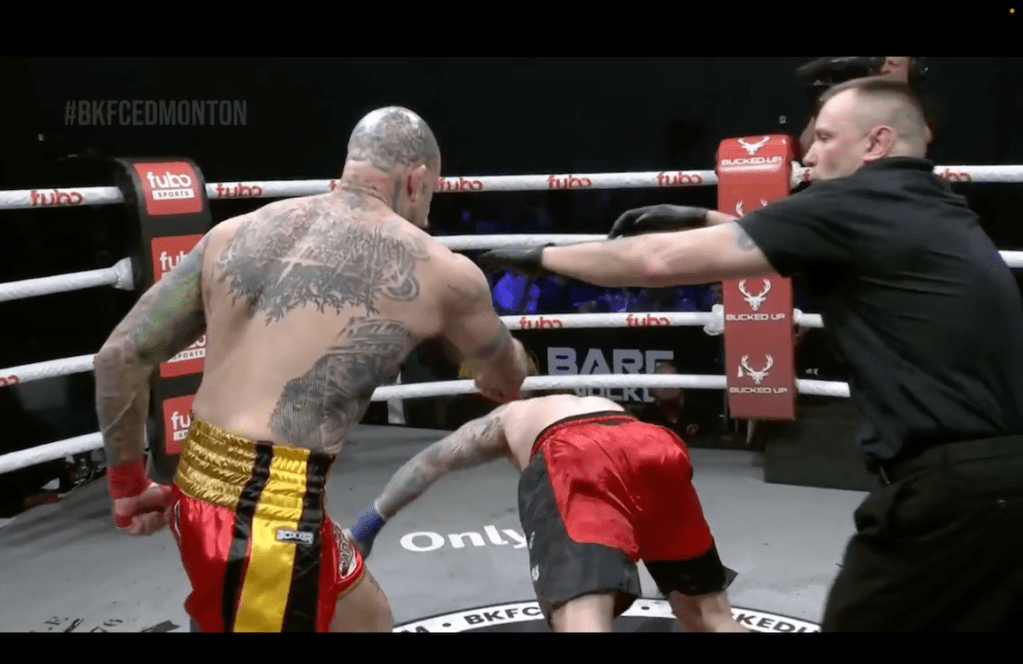
Experts make clear that there is nothing inherently fascistic about combat sports; the issue, rather, is that extremists are weaponizing them as a vector of recruitment and a means of promoting their ideologies.
“It’s not true that joining combat sports leads to radicalization. But there are some important psychological factors that are the same for both,” says Hughes. “Fight sports align with far-right values in a way that other sports don’t. Far-right politics have always emphasized the importance of violence. Far-right philosophy valorizes violence as the pinnacle of being alive. And ironically, because combat sports are so diverse, they give racist far-right groups the ability to see violent racial conflict performed in miniature in the ring or Octagon.“
The far right has valorized Polk’s victory, and claimed it as its own—something that is unlikely to be affected by BKFC’s proclamation that it will not allow fighters with ties to white supremacy. In the caption of a highlight video of Sam Polk circulating in far-right Telegram spaces, the creator—whose profile picture is a cartoon of Adolf Hitler doing cocaine—writes, “Support your people in whatever endeavor they choose. From fighting to finance. Their success = Our influence. Time we use nepotism for our benefit. Making ‘fringe’ beliefs become mainstream only takes a few people with a podium/stage/title.”
Says Fisher-Birch: “There are many individuals in the extreme right who would love it if someone with cultural influence supported their beliefs. Movements need heroes and celebrities.”
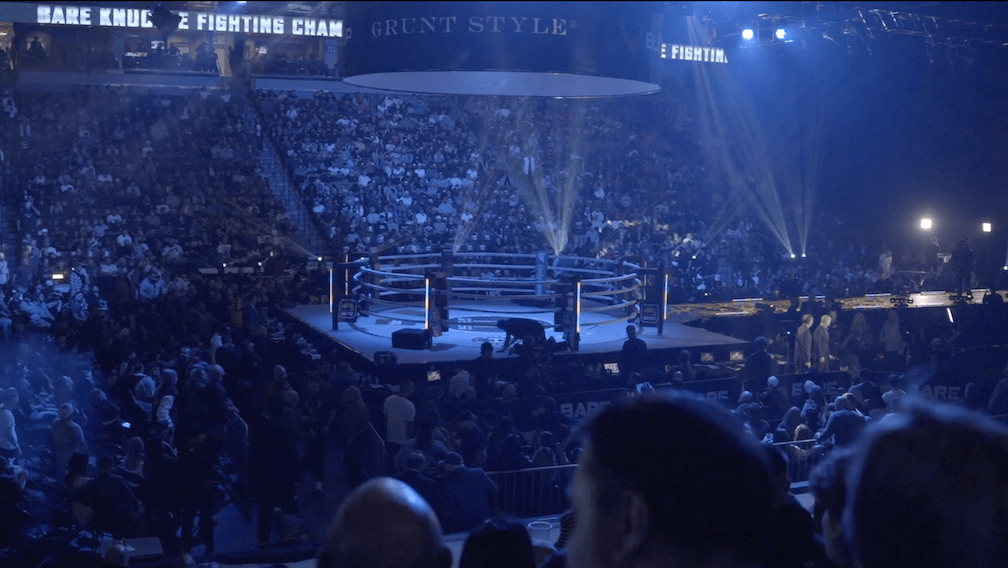
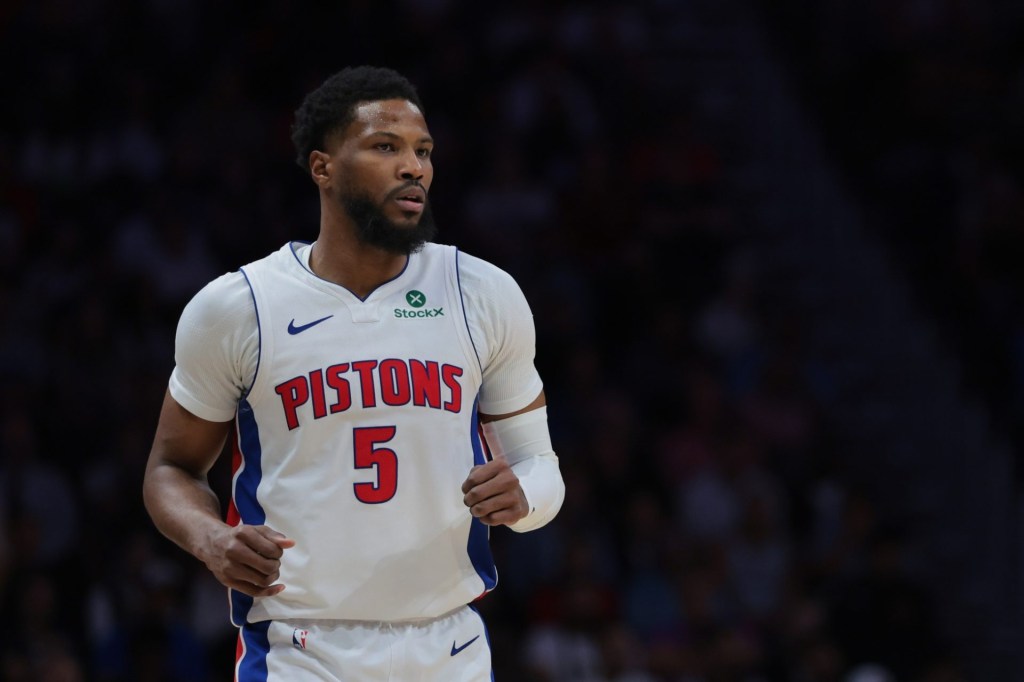
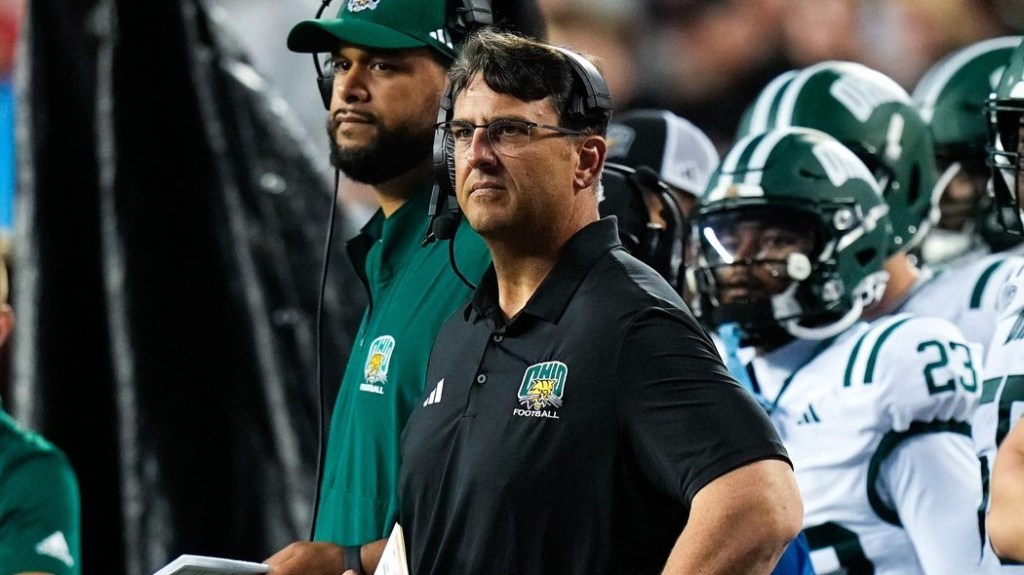
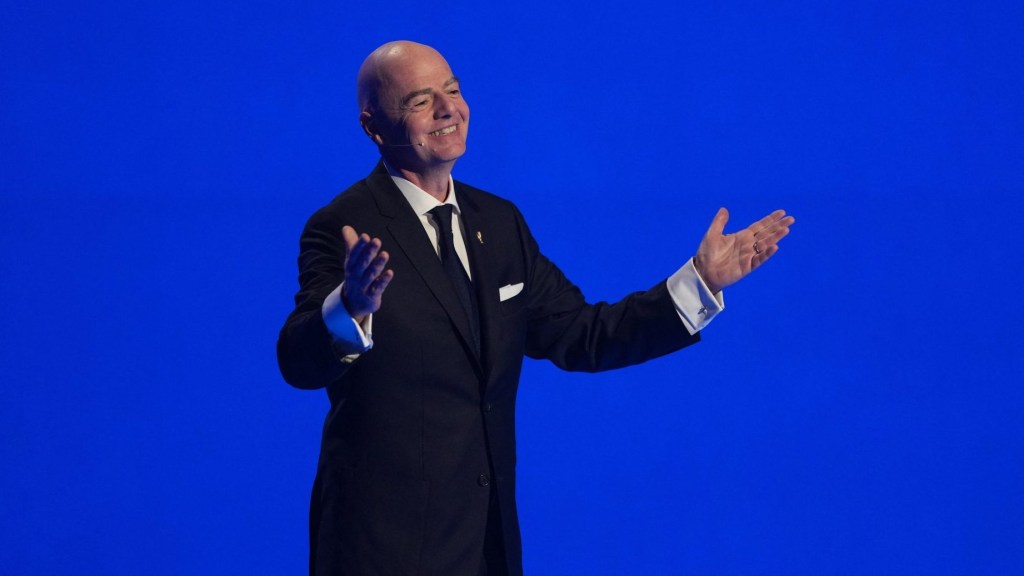
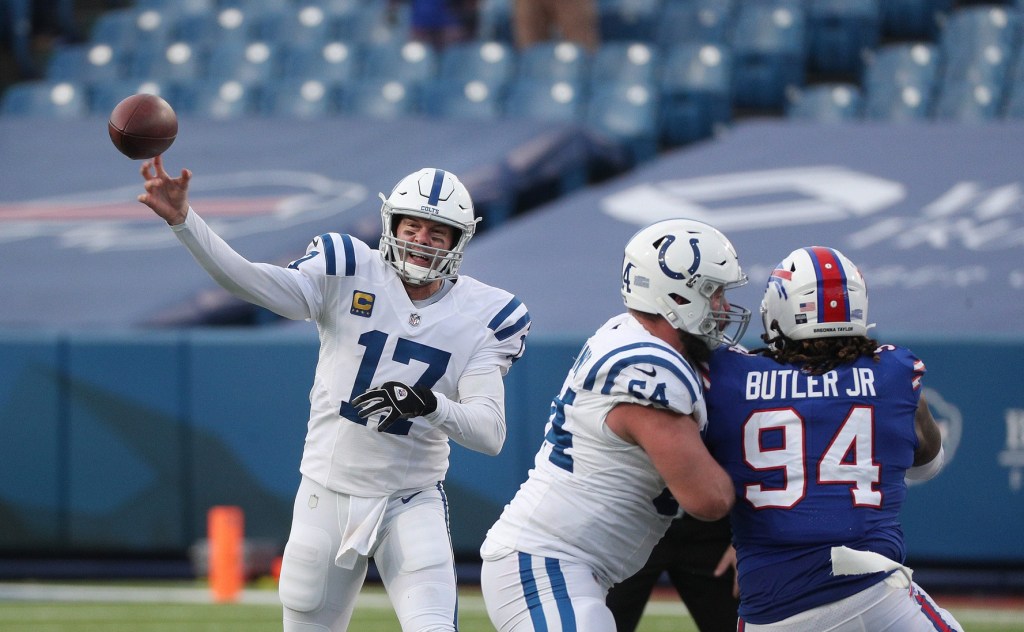
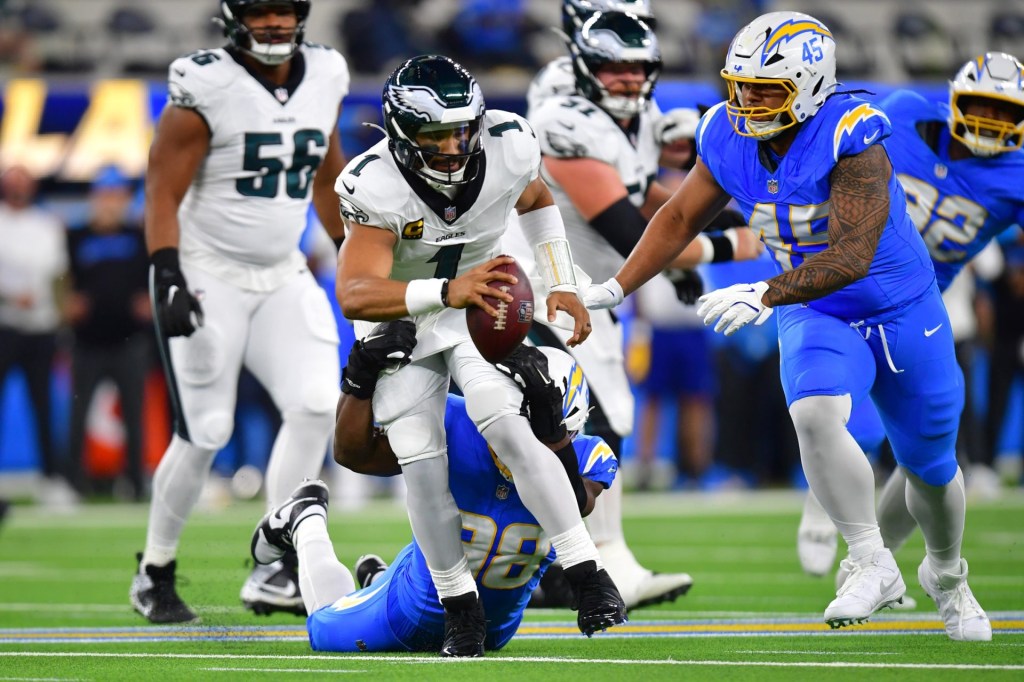





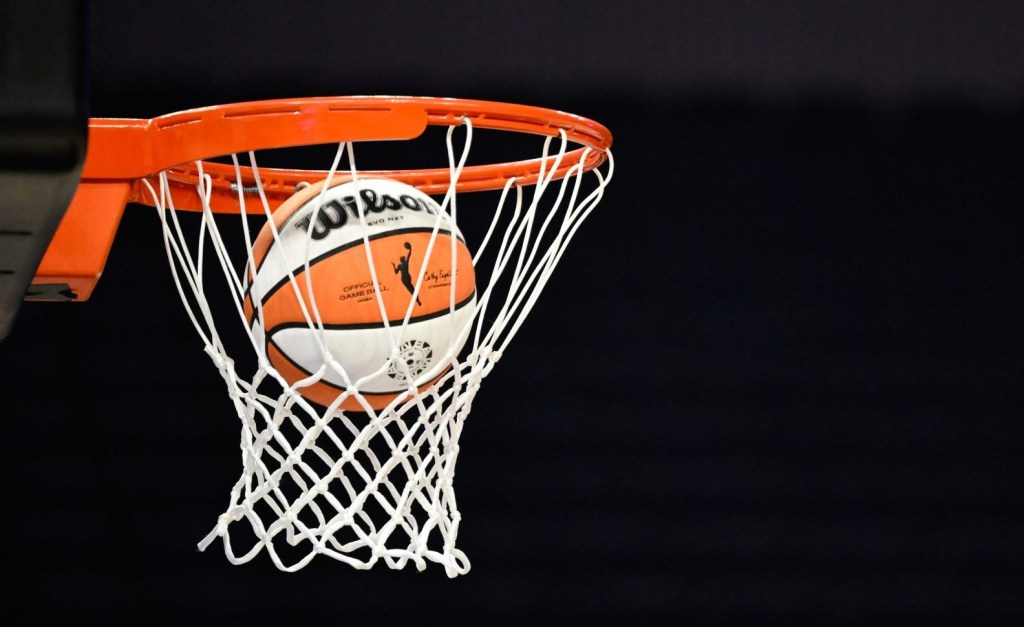
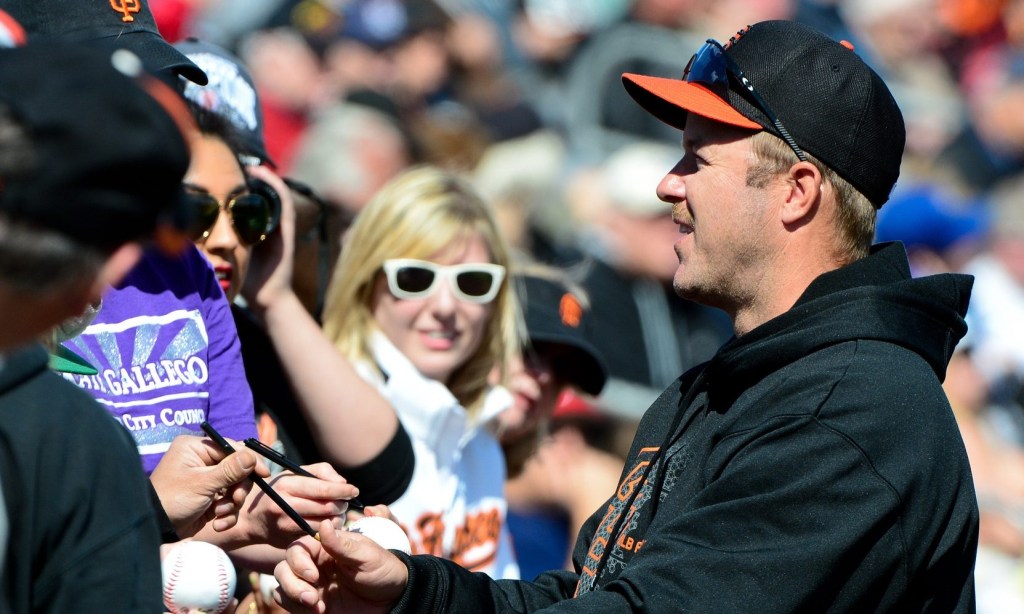


![[US, Mexico & Canada customers only] Dec 5, 2025; Washington, District of Columbia, USA; United States of America President Donald Trump, FIFA President Gianni Infantino and Canada Prime Minister Mark Carney watch from the stands during the FIFA World Cup 2026 Final Draw at John F. Kennedy Center for the Performing Arts.](https://frontofficesports.com/wp-content/uploads/2025/12/USATSI_27745262_168416386_lowres-scaled.jpg?quality=100&w=1024)
